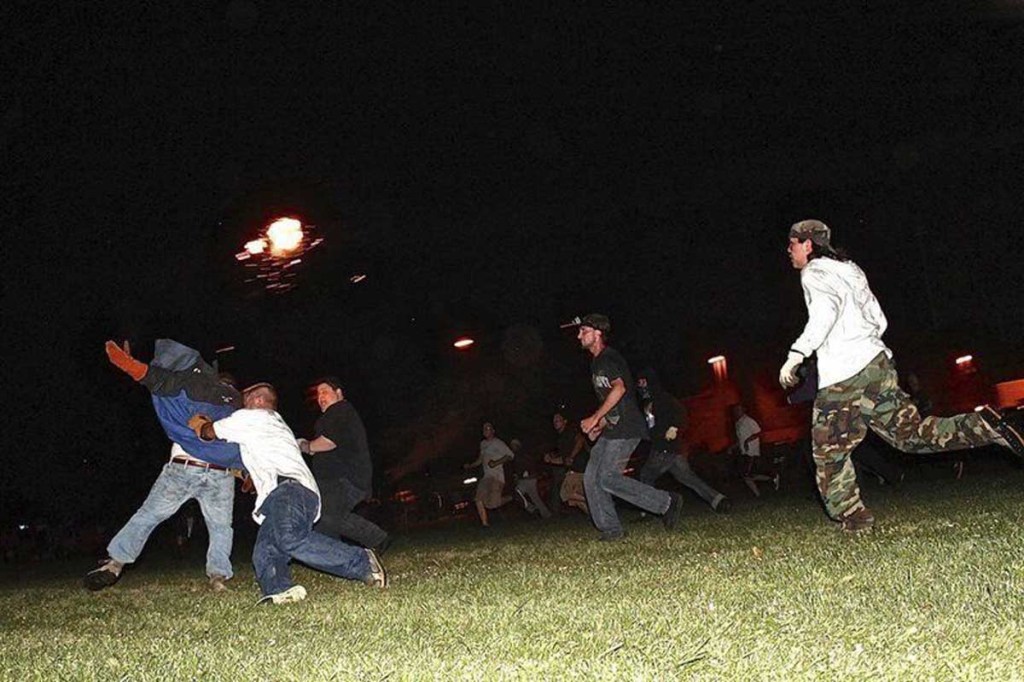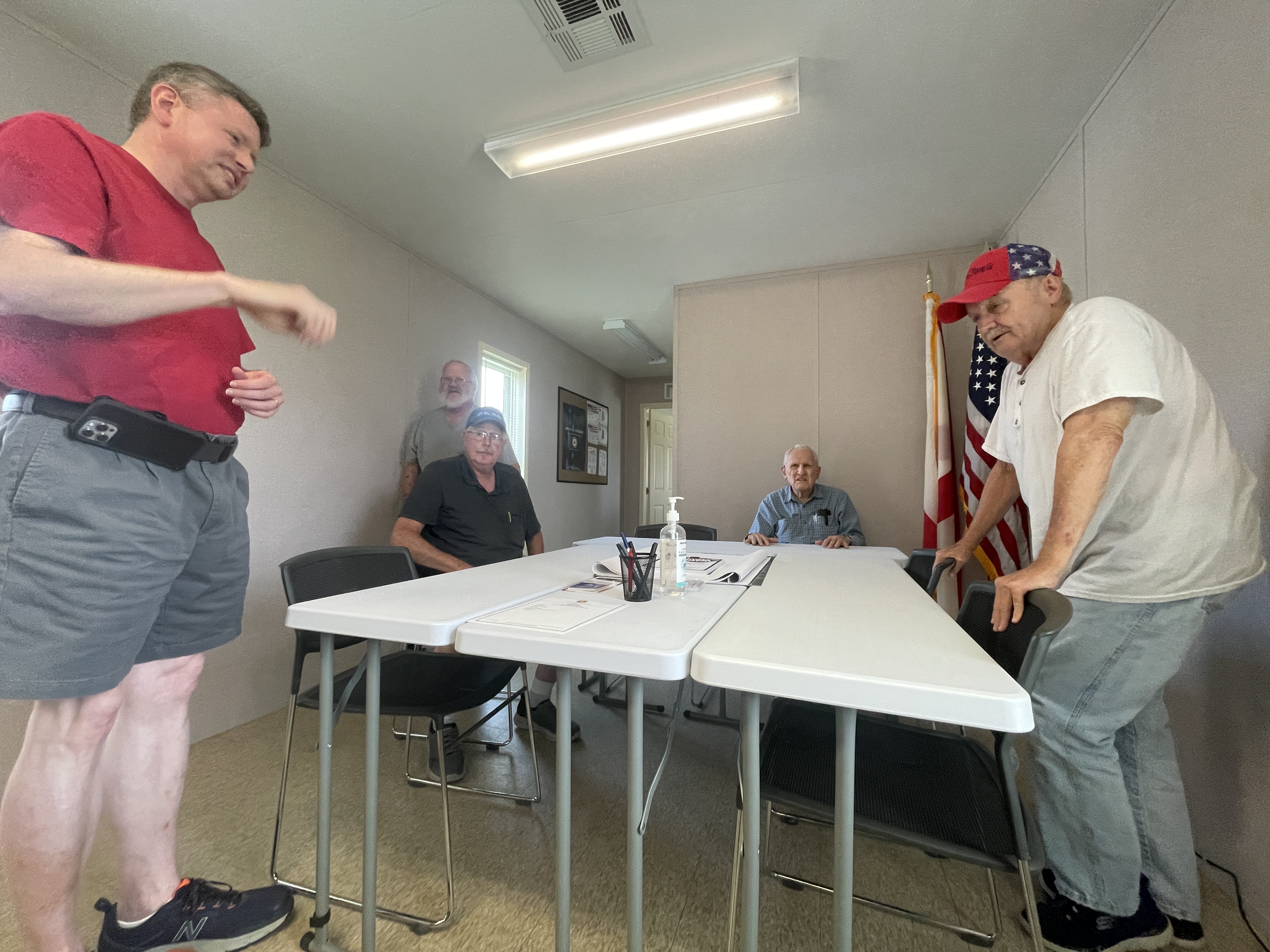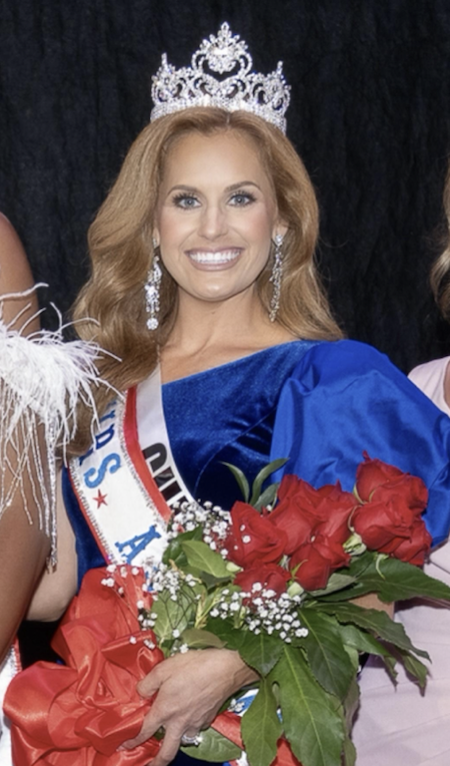The healing ritual of literally playing with fire
Published 1:30 pm Tuesday, July 14, 2015

- MIA SUMMERSON/staff A player in the 2014 fireball game following the Tuscarora Picnic throws the ball for his teammates. With a very loose game structure, players can maneuver the ball by throwing it, kicking it or running with it.
The game is fireball — and it’s exactly what it sounds like.
It’s a game that the audience and players alike describe as an adrenaline rush, an exciting yet intense ode to tradition celebrated as the unofficial closing event on both nights of the annual Tuscarora Nation Picnic and Field Days near Niagara Falls, New York.
Fireball, which is played in Native American communities across the country, is a sport with the common objective of placing a ball in the opponent’s goal zone to score a point. While it is often compared to rugby, the big difference is that the ball is made by soaking strips of cloth in kerosene for several days, which are then tied one knot on top of another until a sphere is formed. The ball is then lit on fire. The game ends when the fire goes out.
“For me, it’s a coming of age thing. It’s competition between the young men and the old men, but always in a respectful way,” said one long-time fireball player who wished to be identified by his Native American name, Dehseethes, which translates to Crossing Feet. “It’s a medicine game, a prayer.”
Players said that the game is considered to be spiritually healing. Though no one was able to specify its exact origins, most said they can’t remember a time without fireball.
According to an article that appeared in the Cape Cod Times last year, the Wampanoag tribe of Mashpee, Massachusetts also observes the tradition as a healing ceremony. The article said that the Tuscarora Nation passed the tradition of fireball on to their tribe, whose members believe that any injuries sustained by players will “take away some of the pain from the ailing person for whom they are playing.”
Teams are determined based upon whether or not the player has children. Fathers play on the old men’s team while those without children play on the young men’s team, regardless of their actual age. At Friday night’s game the old men were severely outnumbered, which resulted in a crushing victory for the young men.
“The old men usually get their redemption on the second night,” Dehseethes told the Niagara Gazette. “Things tend to go back and forth. There are always young men coming to the old men’s side as they start having babies.”
Due to the high potential for injury, the Tuscarora Nation has completely divorced itself from the sport, according to the picnic’s coordinator Neil Patterson. Fireball used to be an official part of the picnic, but Dehseethes said he and several others didn’t want to see the event die and were told that if they wanted to continue the game separately from the picnic, they wouldn’t be stopped.
Despite the obvious risk of exposure to open flames, protective gear is not required and only some players choose to use it. Jordan Styers, a player for the old men’s team, personally chooses to take a few simple precautions, which he says have kept him safe enough since he started playing at age 15.
“It’s tradition, for as long as I can remember we’ve played it,” Styers said. “I just wear long sleeves and I wear gloves and I wear cleats.”
There are no official rules regarding game play or safety regulations. Dehseethes said he encourages players to dress appropriately and stay clear-headed, for both their own safety and the safety of the audience. While there is not a specific age minimum set for players, youths younger than 13 or 14 years old are generally considered too young to get involved.
“When I talk to the men I tell them to come on their own accord,” he said. “I ask them not to be drinking and to keep a clear mind. That our families and friends on the sidelines and we need to be careful.”
Summerson writes for the Niagara (N.Y.) Gazette.





